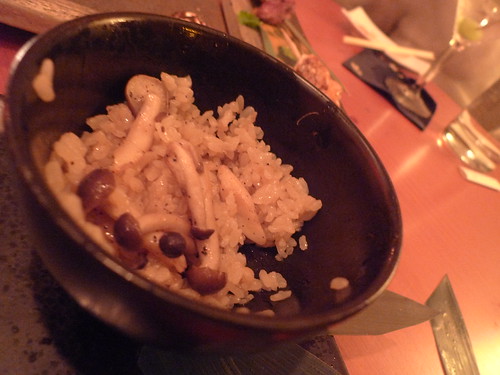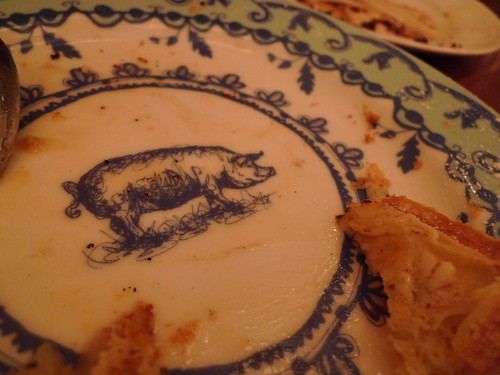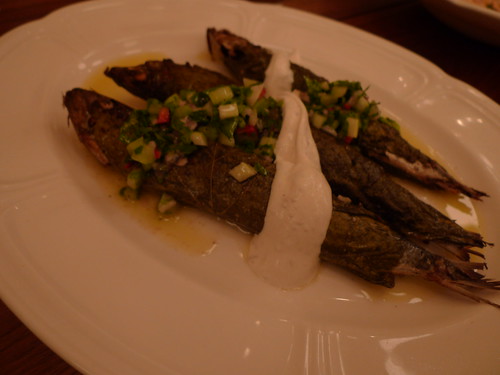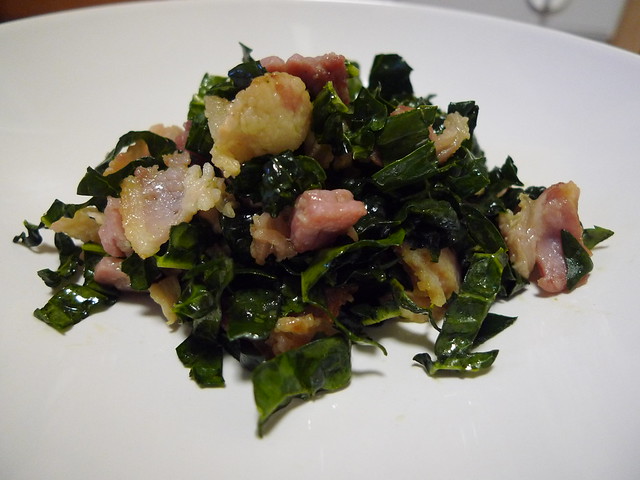243 East 14th Street between Third and Second Avenues
212/253.7670
$222 for four, with drinks, with tip
♥
Update, 2009: My Deathwatch prediction came true after only a month.
Oy, I’m putting Mr. Jones Yakitori on a Deathwatch. I don’t know why anyone would open a yakitori restaurant a few blocks away from St. Marks Place where yakitori joints are a dime a dozen. I immediately looked around for the grill when I went in, but I only saw booths for group diners. Upon entering, you immediately realized it’s that type of place. The decor reminded me of some of the worst Thai places in the city where mod is the predominant theme and the restaurant converts into a club come the weekend. I just know that I regret paying over $200 for a mediocre dinner for four. Good thing my companions, two of whom were Japanese, had a good sense of humor.
The foie gras inside the meatballs were barely noticeable. The bowl of rice cooked in butter and truffle oil was, admittedly, an unnecessary selection but it was even more ridiculous that they charged $9 for it. The yakitori pieces that would have cost us $3 apiece elsewhere were $5, while a pair of chicken ones came in for $7. Everything added up quickly and we accumulated a pretty long list of small bites. If we brought our boys with us, they would have complained at how hungry they still were after all that expense. Heck, I wanted a slice of pizza on my way home! (If you know my relationship with pizza, you would know that that’s saying a lot.)
The waitstaff were pretty, and though they were attentive, none of them looked like they appreciated Japanese food. I wouldn’t be asking them the difference between kobe and wagyu beef anytime soon. But then again, they might not be around even if I wanted to.
Related post/s:
A few blocks downtown is Village Yokocho where the wait is never as long as Yakitori Taisho
In midtown, go to Soba Totto






